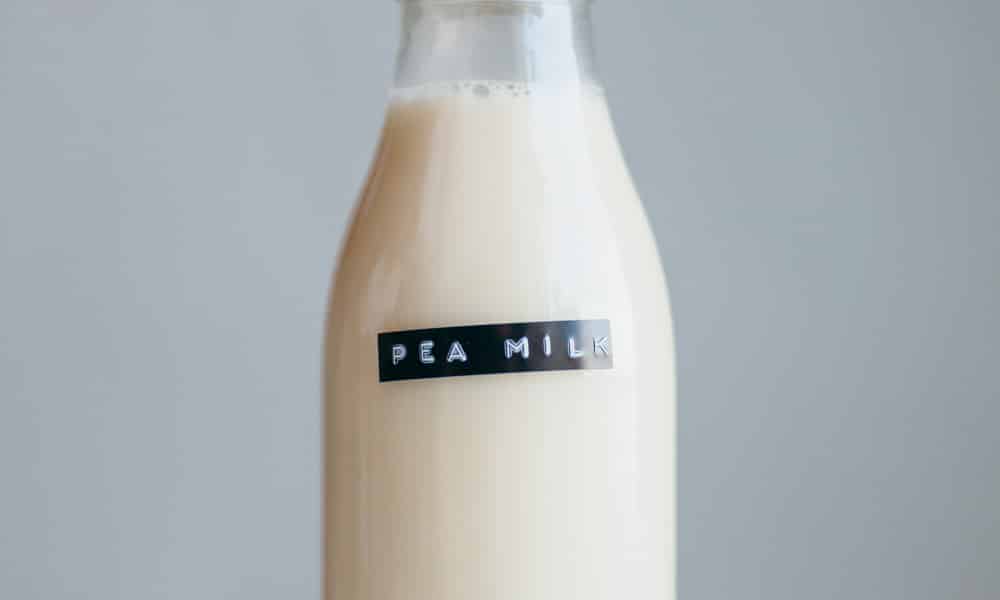Yeah, water (for me in PA) is not a big deal.
I was curious about land use, bc I DO care about that too... and the units in the figure I found didn't make sense. So I looked up the original paper, here:
It says the units is m^2*year, not m^2. That makes sense, not how many liters of milk can some farm area make period, but in a year?
And the answer is a liter of soy milk (my proxy for pea milk) takes 0.7 m^2*years of farmland to produce. A liter of dairy milk takes 8.9 m^2*years.
Bottom line, is that my swapping 3 liters per week, is 150 liters per year. 150 liter/year * 8 m^2 * year = 1200 m^2 of farmland that is available for another use, or to be returned to natural habitat.
That works out to
0.3 ACRES of productive land, previously wholly dedicated just to whitening my (decaf) coffee, wet my breakfast cereal, and largely go down the drain!!
Wow.






